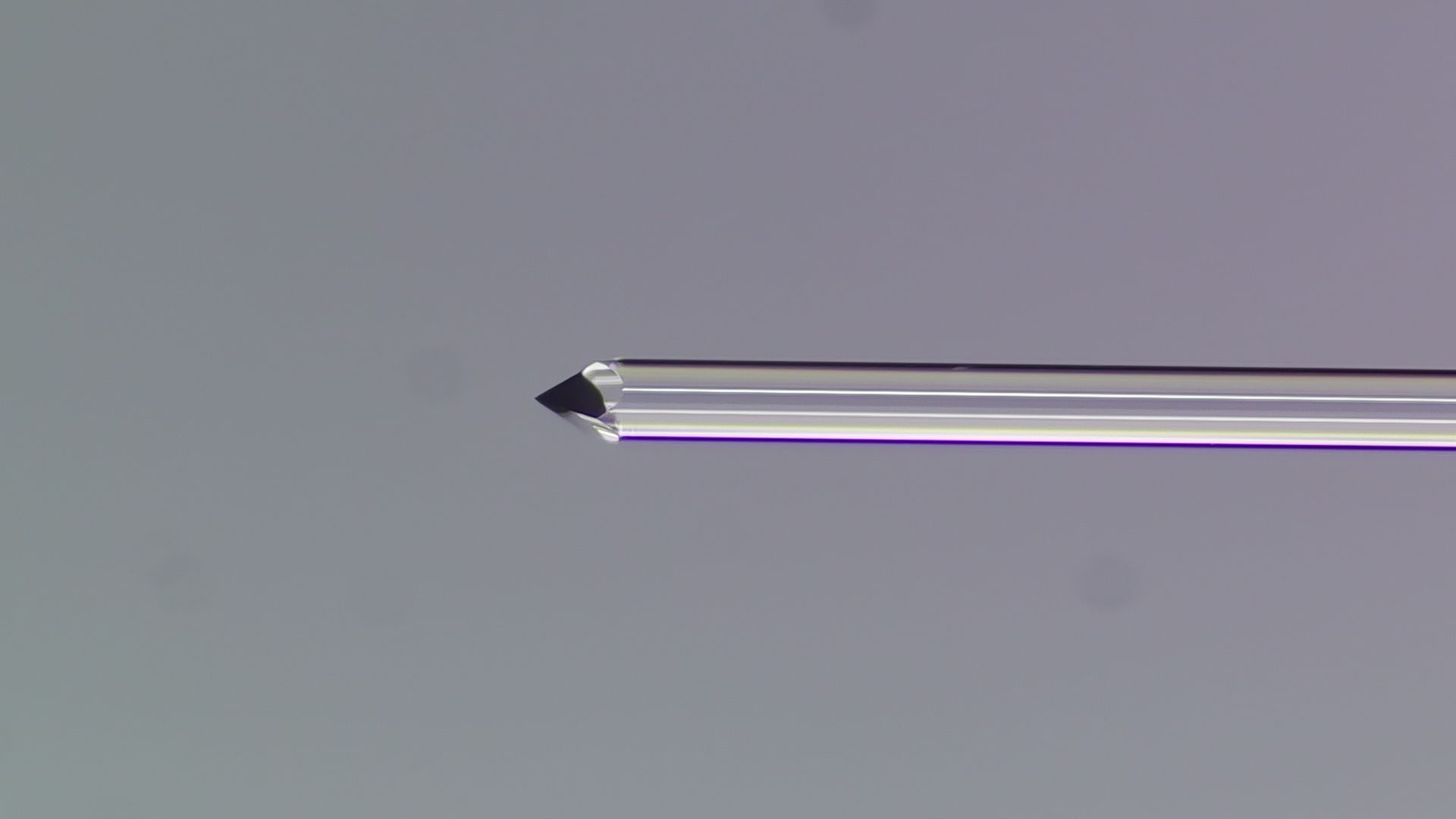
Lensed fiber is a specialized type of optical fiber that plays a crucial role in various applications. It is designed with a lens at the end, which enables it to focus and collimate light efficiently. The unique structure and functions of lensed fiber make it ideal for a wide range of industries, including telecommunications, medical imaging, and industrial automation. In this article, we will explore the functions of lensed fiber and its significance in different fields.
Lensed fiber is commonly used for precise light coupling in optical devices and systems. The lens at the end of the fiber allows for efficient transfer of light between different components. It helps to minimize the loss of light and maximize the power transfer, ensuring high-performance optical systems. By focusing and collimating the light, lensed fiber helps to achieve precise alignment and coupling, leading to improved signal quality and reliability.
Another important function of lensed fiber is beam shaping. The lens at the end of the fiber can alter the characteristics of the light beam, such as its diameter and divergence angle. This capability is particularly useful in laser applications, where controlling the beam parameters is essential. Lensed fiber can be used to focus and shape the laser beam, making it suitable for cutting, drilling, and welding tasks in industrial automation. It also enables better control and manipulation of the laser beam in medical applications, such as laser surgery and optical coherence tomography.
Lensed fiber is widely employed for collimating light in optical systems. Collimation refers to the process of making light rays parallel, enabling them to travel straight without diverging. The lens at the end of the fiber helps to achieve this collimated beam, which is instrumental in various applications. For instance, in telecommunications, lensed fiber plays a crucial role in coupling light between optical fibers and other components, such as lasers and detectors. It ensures the efficient transmission of optical signals over long distances, reducing signal losses and improving communication reliability.
Lensed fiber also finds applications in fiber optic sensing. The lens at the end of the fiber can be used to focus light onto a sensing element or sample, enabling accurate measurement and detection. This function is utilized in various sensing techniques, including fiber optic chemical sensors, biosensors, and environmental monitoring systems. Lensed fiber enhances the sensitivity and performance of these sensors by optimizing the light coupling and interaction with the target material.
In conclusion, lensed fiber serves multiple functions in different industries and applications. Its unique structure, incorporating a lens at the end of the fiber, allows for precise light coupling, beam shaping, optical fiber collimation, and fiber optic sensing. Whether it is in telecommunications, medical imaging, industrial automation, or sensing technologies, lensed fiber plays a crucial role in improving the performance and efficiency of optical systems. As technology continues to advance, lensed fiber will undoubtedly continue to be an essential component across various fields, ensuring the reliable transfer and manipulation of light.
 Call us on:
Call us on:  Email Us:
Email Us:  2F, BLDG 6, #168, Changshan IZ, Liulian, Pingdi, Longgang District, Shenzhen, China
2F, BLDG 6, #168, Changshan IZ, Liulian, Pingdi, Longgang District, Shenzhen, China